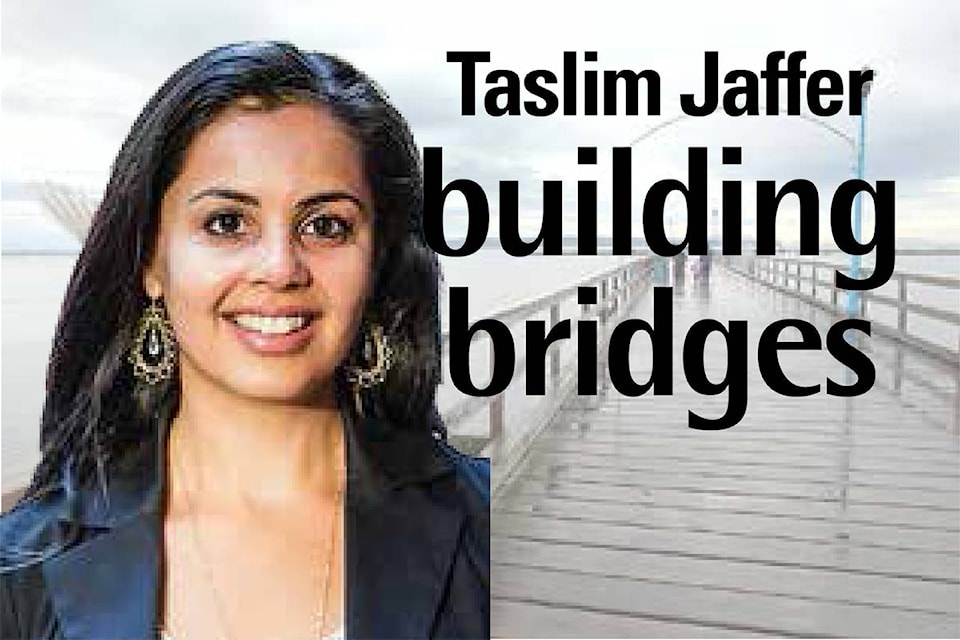Earlier this summer I participated in a poetry reading hosted by the Sydney and Gertrude Zack Art Gallery in Vancouver’s Jewish Community Centre.
These nights happen several times throughout the year – where poetry and art come together –- and I enjoy the ones I am able to attend.
Sometimes the themes are extracted from the natural world and other times from world travels, scripture and social issues. There is always something spiritual that can be found in the paintings and photography, and indeed in the way that one person’s art inspires another’s.
I place a lot of faith on art’s ability to bridge gaps among people.
As I left the art gallery and stepped into the hallway of the community centre, I heard beautiful music drifting toward me.
I walked toward the front entrance of the building and soon found myself standing outside the gymnasium next to a sandwich board that read: “Israeli Folk Dancing” with date, time and contact information.
When I looked through the open doors of the gymnasium, my breath caught. A large circle of men and women moved left, then right and then left again. Arms were raised and lowered, facial expressions ranged from content to joyous.
And the first thing that struck me was, I had done this before.
No, not just once at my friend’s bat mitzvah many, many years ago, but countless times since I was a little girl.
Only, my form of a circular dance in left and right directions is a Gujarati folk dance called raas.
I was rendered motionless as I took in the scene and these thoughts floated through my consciousness.
What was the difference between my Gujarati style dance and this Israeli one? There were several. But the similarities were more obvious, and they went way beyond the steps.
It was this idea of moving to music that is innate in us as human beings. All cultures, that I know of, turn to dancing as a form of expression and entertainment.
Actually, a Zumba teacher at our local YMCA, who is also a music teacher, mentioned that our bodies instinctually have a need to move when we hear music.
We often suppress this as we get older – What would people think? Do I look ok doing this? – nevertheless, the pull toward movement is there.
Standing at the entrance to that gymnasium I wondered briefly, should I ask to join them? And maybe if I was wearing my ‘you-only-live-once’ pants I might have had more courage to do it. But even just looking in was an experience.
I could relate to that feeling of community, of appreciation for folk music, of that desire to express myself, that I could sense in that room. I didn’t have to be a part of the circle or belong to that particular community to understand and value it.
I don’t know how to perform Israeli folk dances, but I don’t need to just to hold them sacred. I hold them sacred because of what they do for the people who perform them. I hold them sacred because that in itself is a bridge between us.
Taslim Jaffer writes monthly on multicultural connections.
